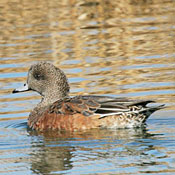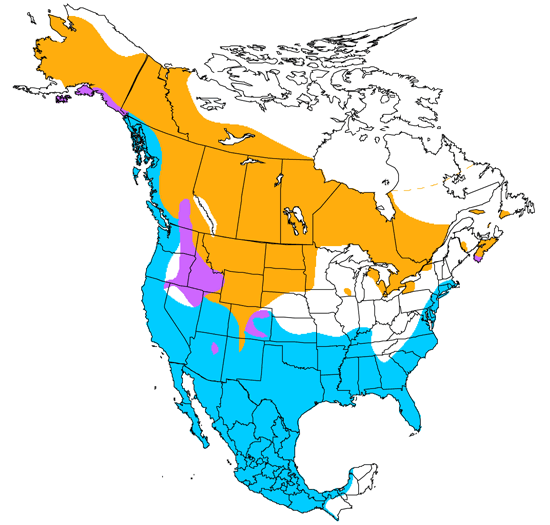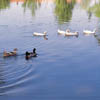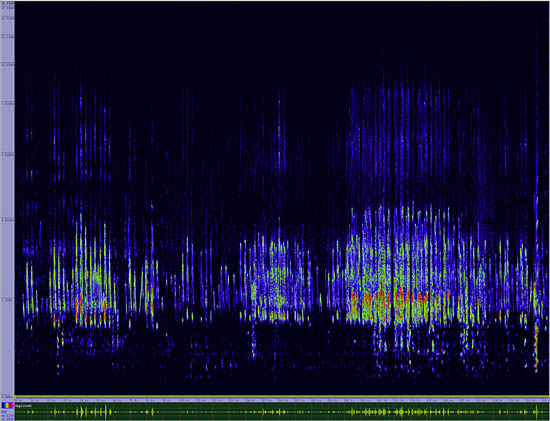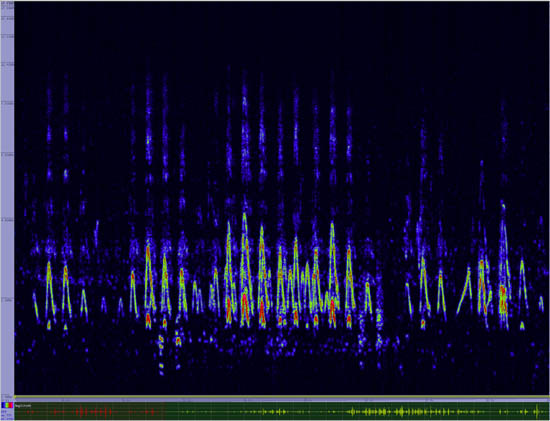American Wigeon
Anas americana

Duck Like

Length: 19 in. (48 cm )
Usually in small to large flocks during the winter, this duck feeds from near the surface of salt and fresh water where it eats aquatic vegetation, molluscs, and insects. It also frequently grazes out of the water on grassy areas near water where it eats seeds, grass blades and other plant material. Its nest is hidden in tall grass, often far from the water\s edge of freshwater marshes. It is made of grass and lined with feather down.'
The four-digit banding code is AMWI.
Bibliographic details:
- Article: American Wigeon
- Author(s): Dr. Biology
- Publisher: Arizona State University School of Life Sciences Ask A Biologist
- Site name: ASU - Ask A Biologist
- Date published:
- Date accessed:
- Link: https://askabiologist.asu.edu/activities/bird/american-wigeon
APA Style
Dr. Biology. (). American Wigeon. ASU - Ask A Biologist. Retrieved from https://askabiologist.asu.edu/activities/bird/american-wigeon
Chicago Manual of Style
Dr. Biology. "American Wigeon". ASU - Ask A Biologist. . https://askabiologist.asu.edu/activities/bird/american-wigeon
Dr. Biology. "American Wigeon". ASU - Ask A Biologist. . ASU - Ask A Biologist, Web. https://askabiologist.asu.edu/activities/bird/american-wigeon
MLA 2017 Style
Be Part of
Ask A Biologist
By volunteering, or simply sending us feedback on the site. Scientists, teachers, writers, illustrators, and translators are all important to the program. If you are interested in helping with the website we have a Volunteers page to get the process started.

